
8D ASSOCIATION
The 8D Association is dedicated to promoting the history of the railways of South Lancashire, Merseyside and North Cheshire.
A look back at the walks and visits from 2016.
Ethelfleda Bridge visit 16th April.
Our first site visit this year was an absolute cracker, as guests of Network Rail we were able to walk the footpath along the Ethelfleda Bridge which spans the River Mersey and the Manchester Ship Canal. Passing over the bridge in two separate parties members were able to take in this wonderful structure and with trains running, get some special picture to mark the occasion. The bridge was constructed by the LNWR and opened on 1st February 1868, at that time it was the longest bridge in the world. Coming some 25 years before the Transporter bridge a footpath was provided and the LNWR charged a toll for people to cross from Widnes to Runcorn and vice versa. Our thanks are extended to Network Rail and Paul, from the company, who gave up his Saturday morning so we could all enjoy this wonderful structure up close.
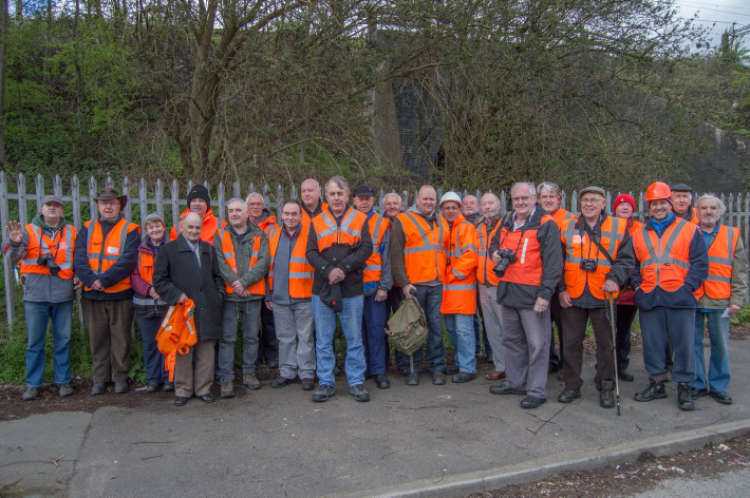
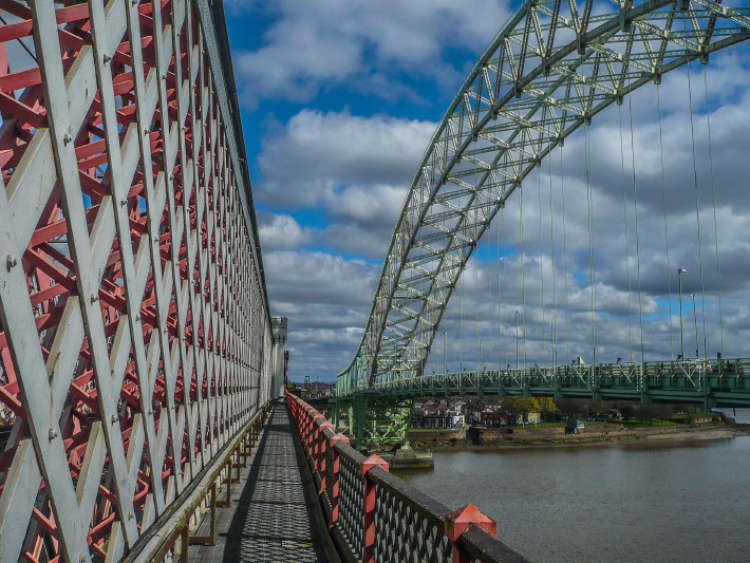
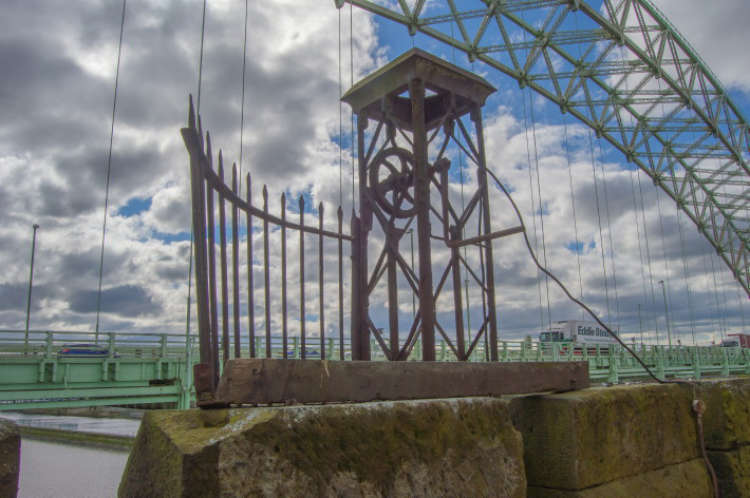


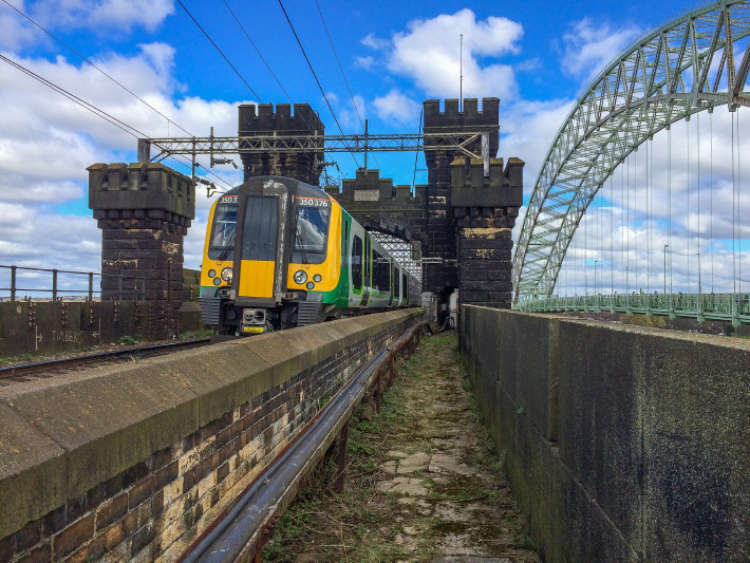
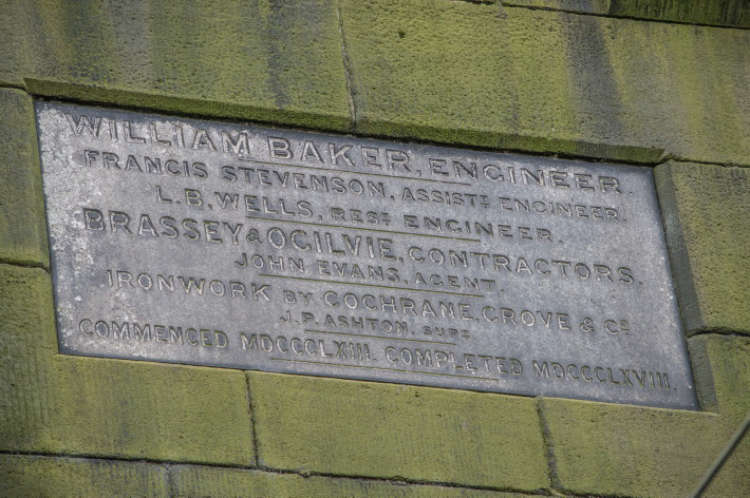
Winwick Hospital Branch 5th May 2016.
A pleasant evening walk along the former branch which ran from Old Alder Lane overbridge and served Winwick Hospital. Little has ever been documented regarding the lines use and all that is really known is that it was used to deliver coal to the hospital. It left the West Coast Main Line near the Old Alder Lane overbridge passing underneath Watery Lane before heading east and into the hospital complex. Little remains of the line since it closed in the late 50’s or early 60’s. Trains were propelled along the line from the West Coast ML and photographic evidence suggests they usually consisted of between three and five 16 Ton mineral wagons. Whilst completing the write up for the walk another branch/siding from this has come to light and is shown on the map below. The secondary branch/siding had disappeared by the 1940’s.





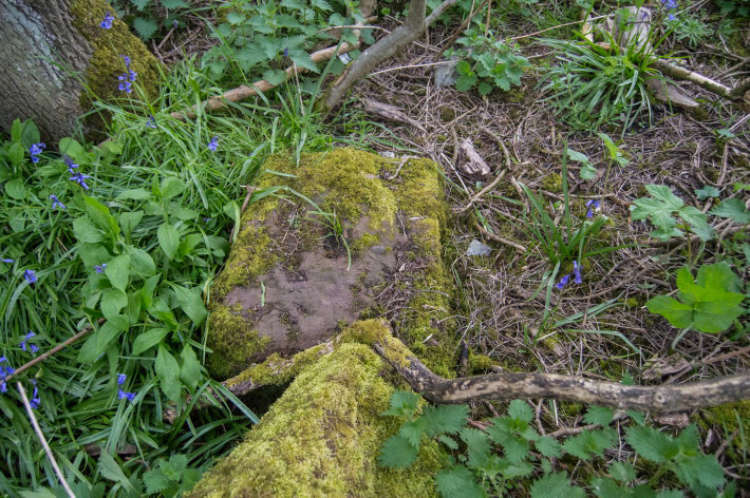
Fiddlers Ferry Power Station 7th May 2016.
Our third outdoor visit of this years programme, organised by Richard Mercer, was another visit to Fiddlers Ferry Power Station, owned and operated by Southern Scottish Electric Plc. The opportunity was taken to explore more of the site, unlike other visits which concentrated on the rail operations of the site. Our guide was Meril Cummerson, who has worked at the station for 28 years and the knowledge and information provided was very much appreciated by the small group of attendees.
Our first port of call was the cooling towers with some in-depth information on their purpose and function being provided and an explanation of the filtration system. A visit to the coal bunkers and control room was next on the agenda, rail bourne deliveries of coal have temporarily ceased, with two small stockpiles of coal still evident. Two employees happily explained the controls within the control room and assisted the group in exploring the railway lines towards the connection with the main line. Situated between the coal stockpile and the main building is a farmers field, strange to think there is someone farming within the boundaries of the power station, but, below the field is an underground aqueduct running from the River Mersey. A fact that many would not be aware of.
The limestone discharge and gypsum loading facilities along with the turbine house were viewed on the way back to the main entrance. With 3 hours already spent within the station it was decided another visit to take in the main control room would have to be organised. The power station, was reportedly, going to be run down to a single generating unit, from four, in the near future; but all four units are to be kept as standby units overhauled and maintained. Our thanks go to SSE, Merril and her colleagues for providing us with a warm welcome and an interesting and informative tour of the facility.
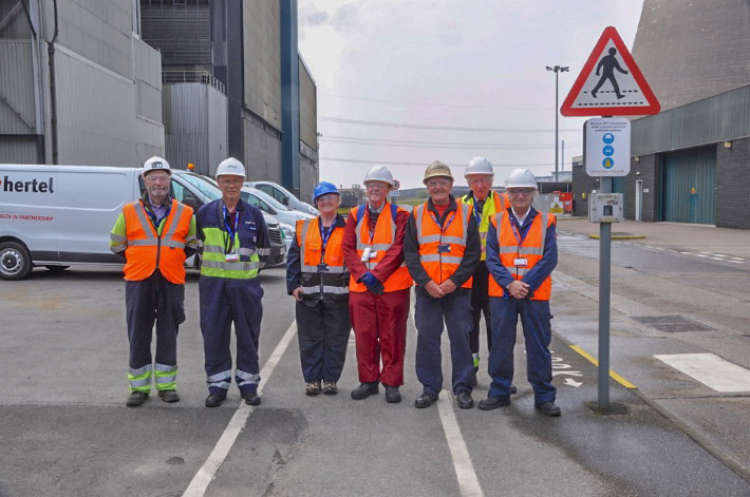
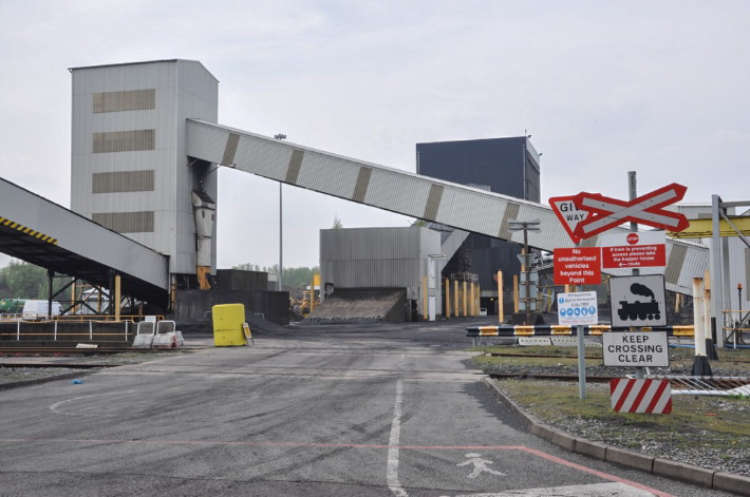
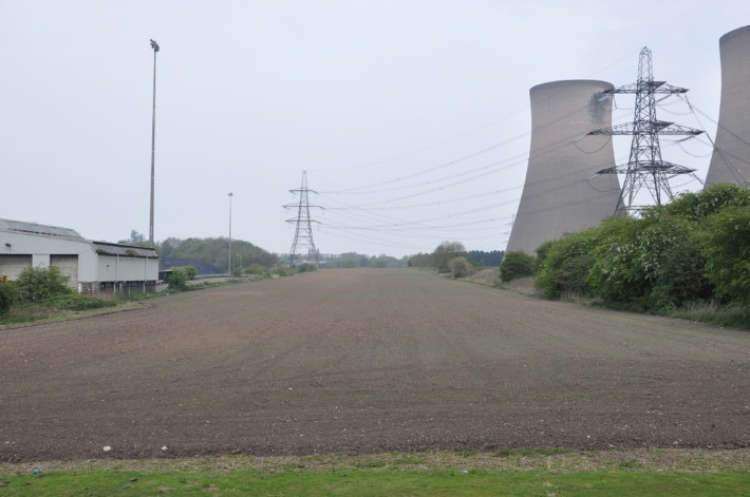


Blackpool Heritage Tram Trip 2nd July 2016.
A sunny, but breezy, Saturday morning saw members of the 8D Association, along with our friends from the Branch Line Society, board Balloon Tram 723 of the Blackpool Transport’s heritage fleet for a tour of rare track and crossovers on the system. Starting from Hopton Road, adjacent to the Rigby Road depot, we completed some street running before getting onto the promenade proper. We traversed many crossovers during the day, far too many to be listed here, along with the loops at Pleasure Beach, Little Bispham and Fleetwood and the carriage wash at the Star Gate depot. A great day was had by all with our on-board raffle raising nearly £80 for the association. We would wish to extend our thanks to the tram crew, for being very accommodating, and the BLS members who attended, especially Simon whose liaising with the driver enabled several extra crossovers to be negotiated along with one that wasn’t even on the track plan!

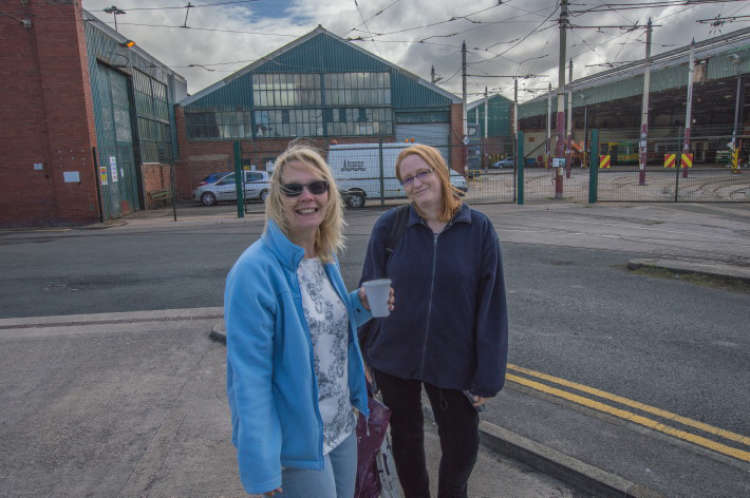
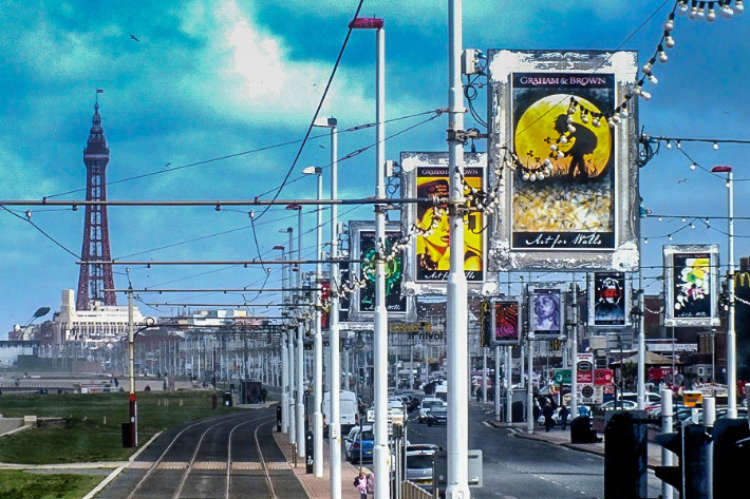
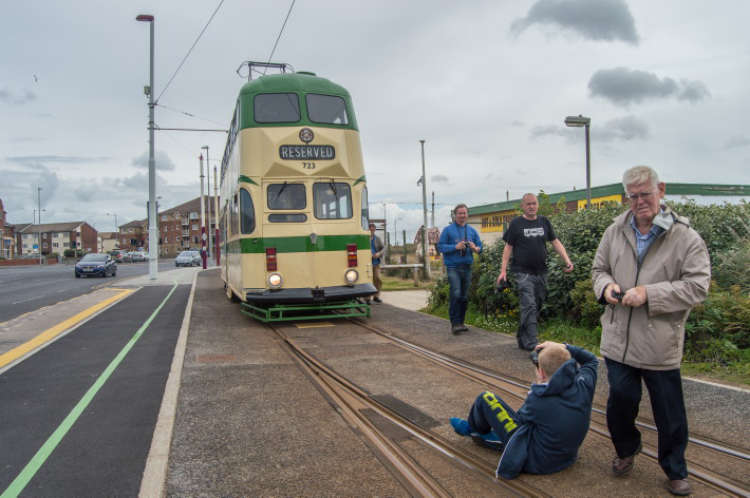

The Rainford Branch Part 2 14th July 2016
The group embarked on a walk of the southern section of the Rainford to St Helens branch starting out from Cross Pit Lane. The course of the railway is clearly identifiable although little, in the way of infrastructure remains.
Rail Ale 2016 Warrington 6th August 2016
Continuing, what has become, an annual event a group of thirsty members toured several hostelries in the Warrington area. From a bar in the town market through to a public house that doubled as Warringtons first railway station. All in all a thoroughly enjoyable day out and one to be repeated in 2017.
North Liverpool Goods Stations 10th September 2016
A thoroughly interesting guided walk of the remains of, the once mighty, goods stations servicing the northern portion of Liverpool, Docks. The walk started at Bank Hall station and with the aid of old photographs and maps we traced the history of goods operations in the locality. The Lancashire & Yorkshire Railway and the London & North Western Railway had significant facilities in the area and the site of their main warehouses was visited. Sadly the L&Y site was demolished many years ago but the LNWR site still remains, although in a disused state.
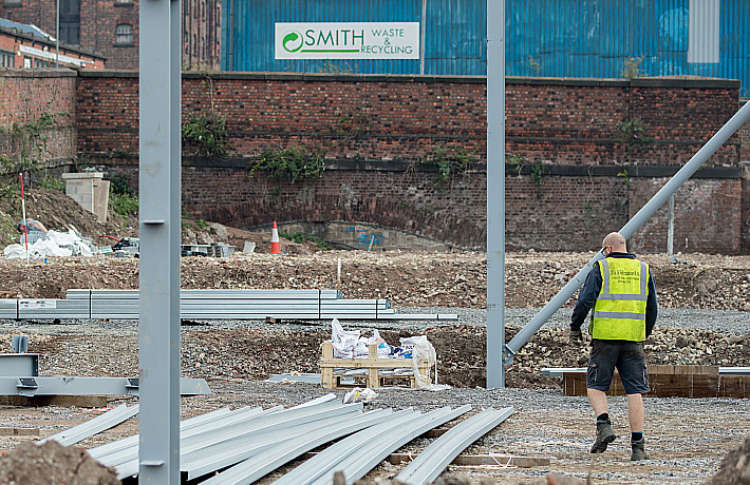
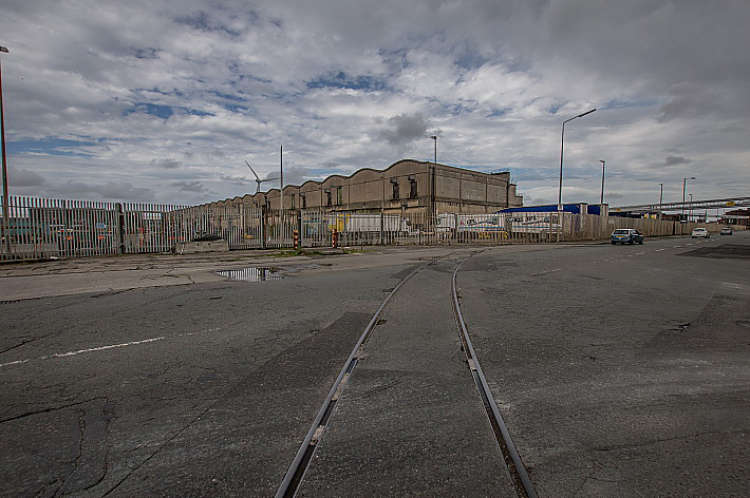
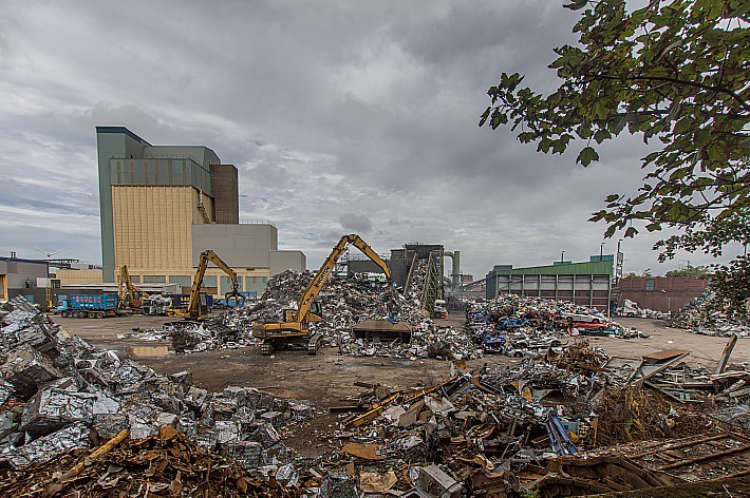
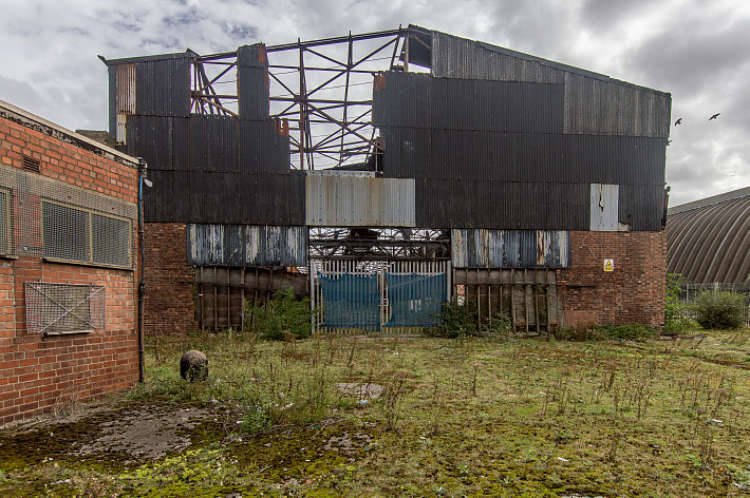
Ribble Steam Railway 20th September 2016
A private visit to the Ribble Steam Railway saw members given a, thoroughly informative, guided tour of the facilities on offer. Sadly the Maschinsbeau railbus was out of service during our visit but the railway provided a Class 03 shunter for members to ride along the line. Our thanks go to the volunteers at the railway for their efforts and warm welcome.
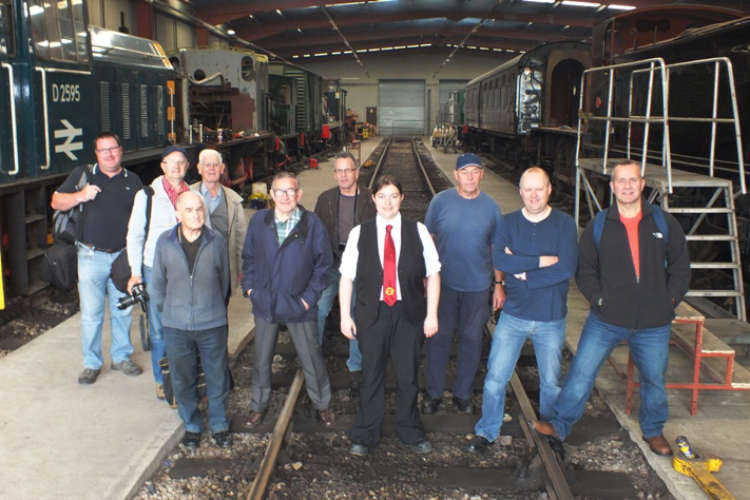
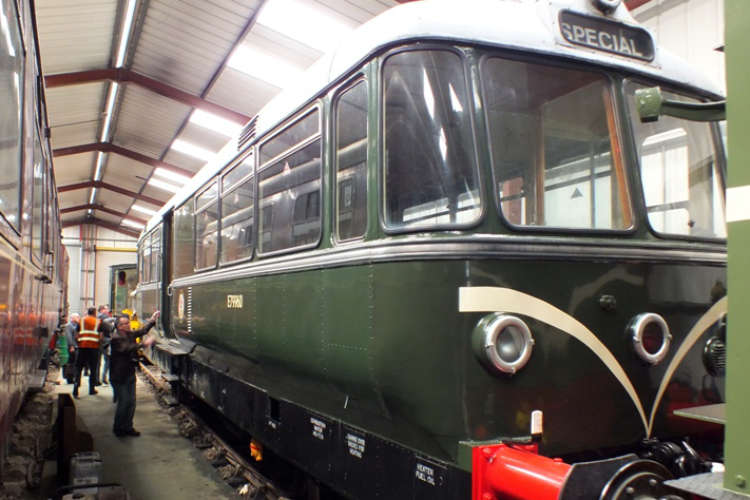
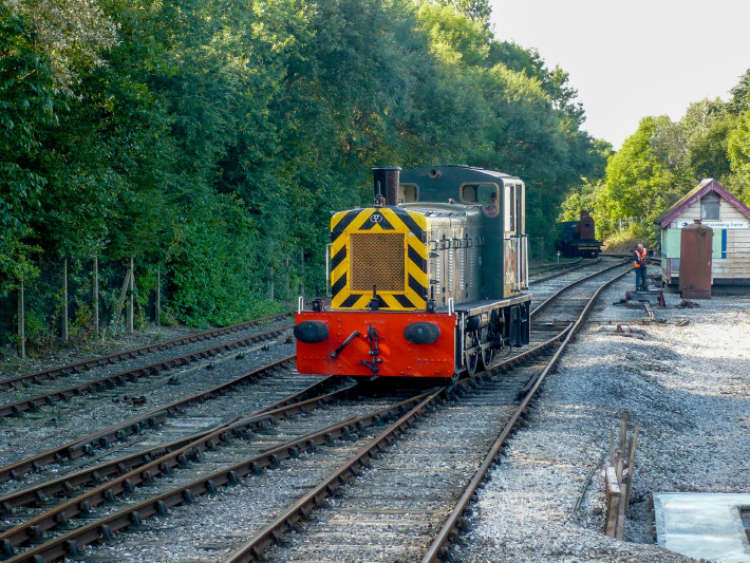

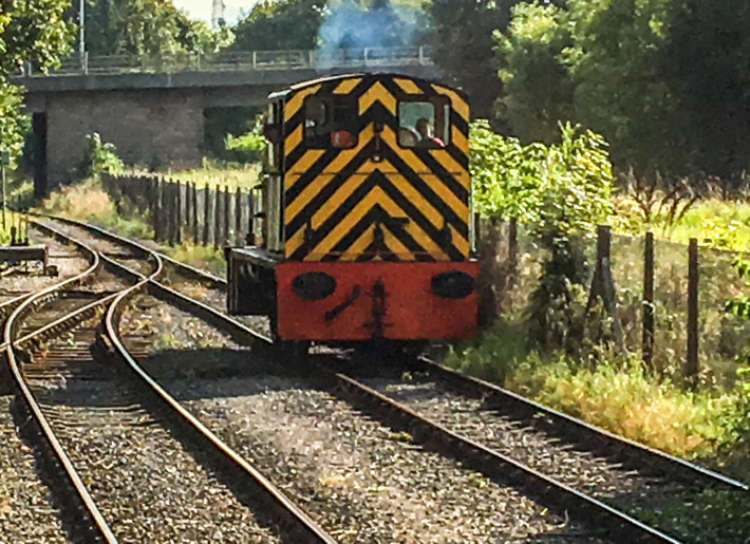
Alsthom Train Care Depot 15th & 22nd September
Two visits too place on consecutive Thursday’s to the Alsthom facility at Edge Hill. The groups were given a guided tour, from Alsthom’s friendly and knowledgeable staff, with an insight gained into the maintenance regime that applies to stock that covers thousands of miles per week. A Pendolino was receiving routine checks during one of the visits with members able to get up close and take a different view of the train set than is usually available. Both the visits were organised by Richard Mercer and we would like to thank, Richard and Alsthom for allowing us a very interesting and unique visit.

Birkenhead North T.M.D. 5th November
Our second local depot visit of the year, again organised by Richard Mercer. This time we were guests of MerseyRail and were treated to a privileged visit to their Birkenhead Depot. A guided tour was conducted by the knowledgeable staff giving members the chance to see just what is required to keep the ageing MerseyRail fleet in service. Our thanks are extended to Richard and the staff at Birkenhead North for a fascinating tour of their facility.

